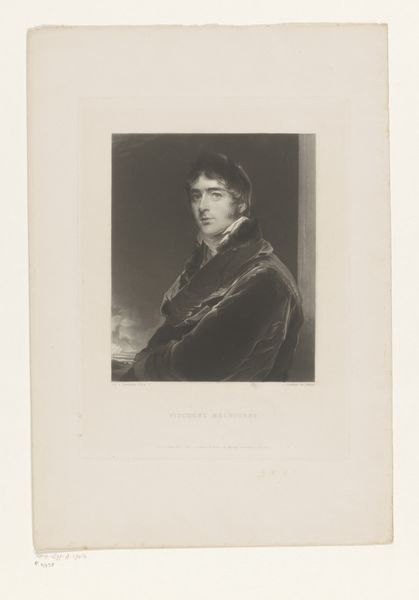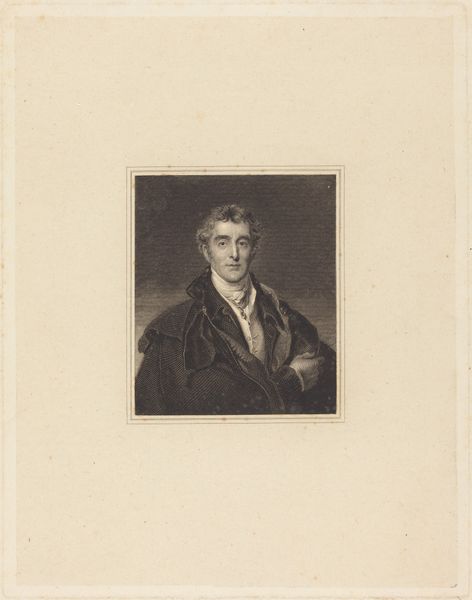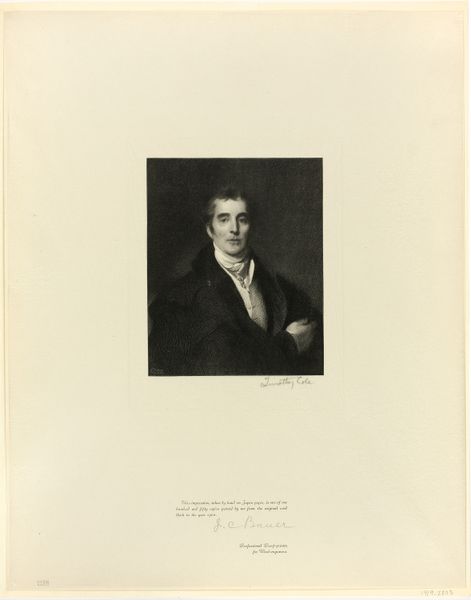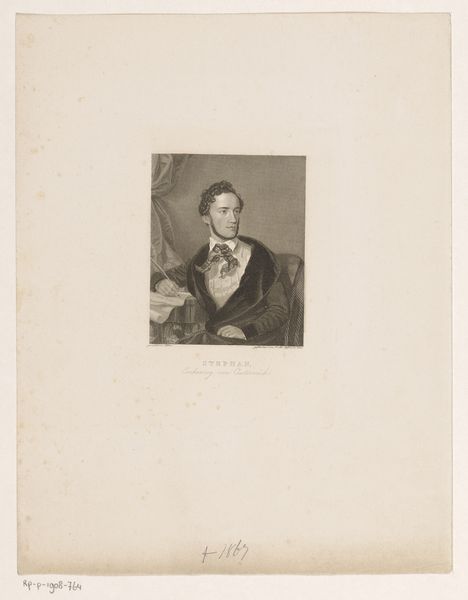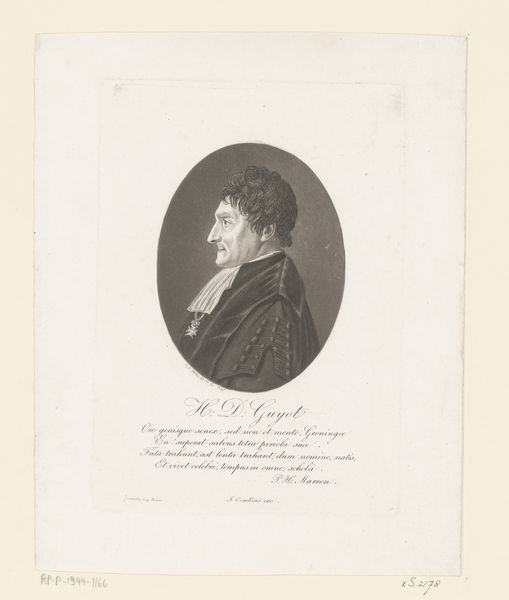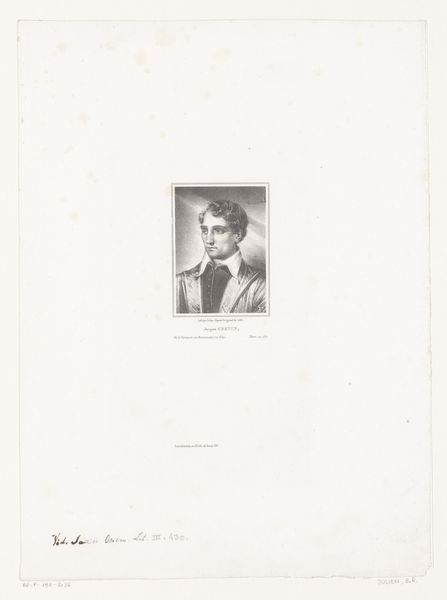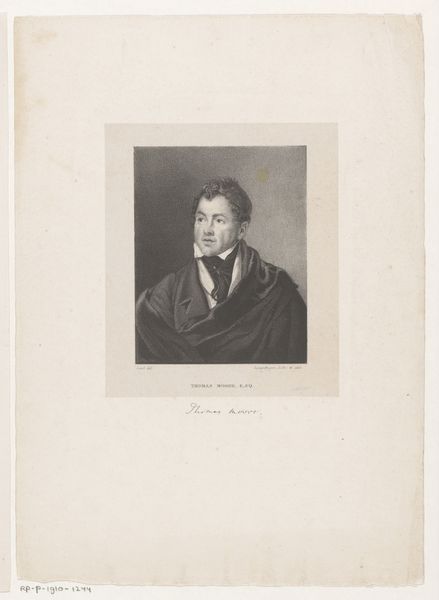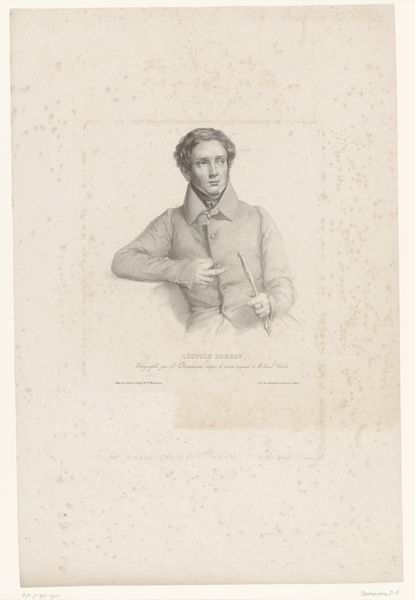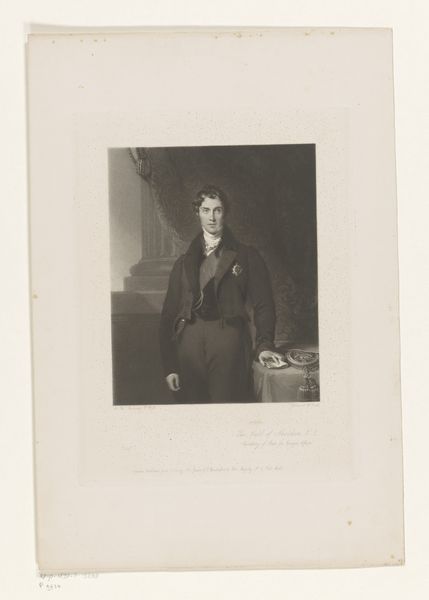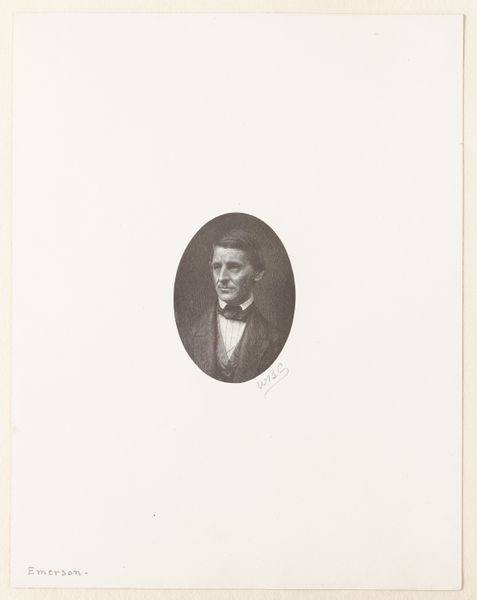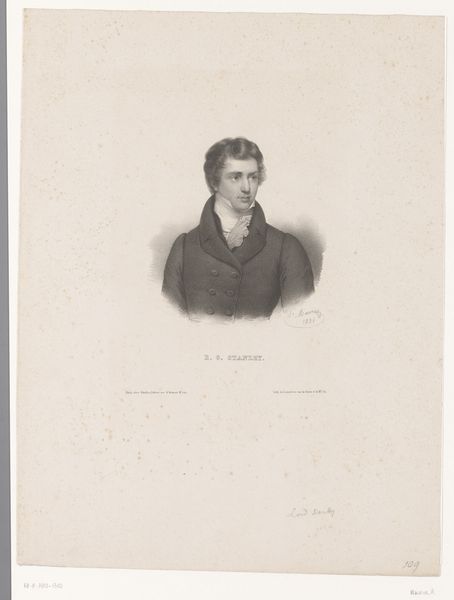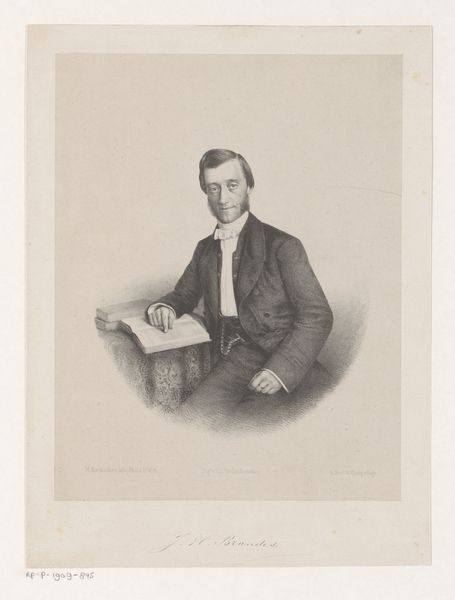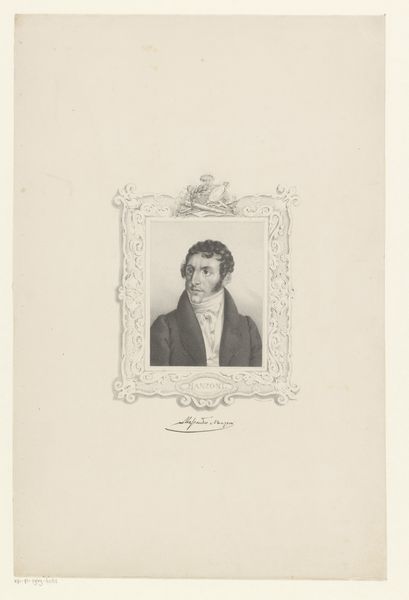
print, engraving
#
portrait
# print
#
romanticism
#
history-painting
#
academic-art
#
engraving
Dimensions: height 304 mm, width 228 mm
Copyright: Rijks Museum: Open Domain
This is Charles Edward Wagstaff's portrait of John George Lambton, made with engraving, a printmaking technique that would have demanded the skills of a highly trained artisan. Engraving involves meticulously incising lines into a metal plate, traditionally copper, using a tool called a burin. The plate is then inked, and the ink wiped away, leaving it only in the engraved lines. Pressed against paper, it creates a precise, detailed image. Look closely, and you can see the dense network of lines that give the portrait its tonality and texture. But why engraving, instead of painting? The answer lies in its capacity for reproduction. Engravings like this one democratized portraiture, making it accessible to a wider audience, and were essential to the construction of celebrity in the modern era. In an age defined by industrialization, engraving was a relatively efficient method of mass-producing images, and therefore of great social and political importance. It’s a reminder that the meaning of an artwork is deeply embedded in its method of production, and circulation.
Comments
No comments
Be the first to comment and join the conversation on the ultimate creative platform.
